Phoenician ‘harbour’ in Sicily revealed to be religious site aligned with stars
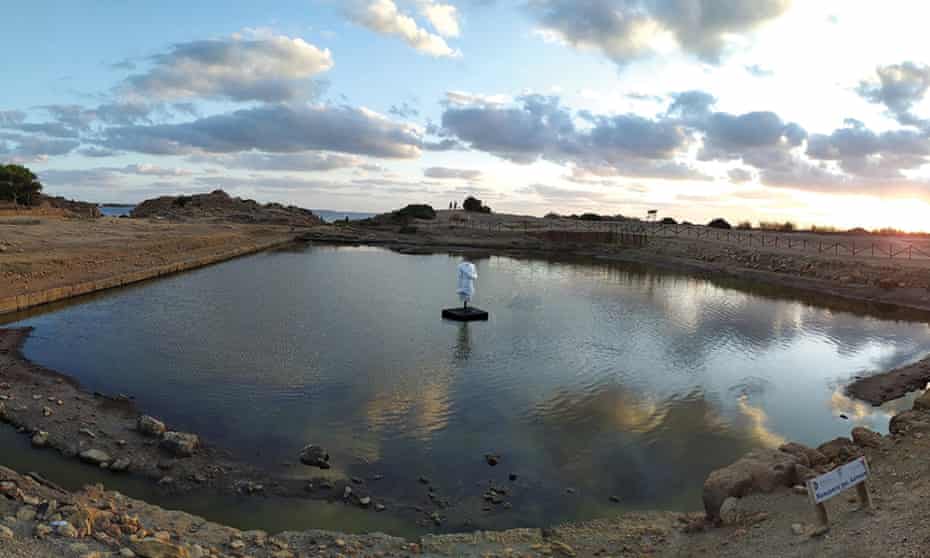
Book reading s,TV series transcript s,comedy, personal, Red circle podcast, Book Review s,Interviews, its popcorn for the brain. Blog copyright Mark Antony Raines
Skip to main contentSkip to navigation

Research upturns theory that pool in ancient city of Motya was used by military and underlines Phoenician connection to astronomy

Off the west coast of Sicily lies the remains of the ancient city of Motya. There, a compound of temples and shrines offers a window into the life of Phoenician settlers who journeyed from Lebanon across the Mediterranean in the first millennium BC.
While Motya has been studied for a century, the site is still giving up new secrets. Earlier this month a rectangular basin, long-believed to have served as an artificial harbour for protecting naval ships and participating in trade, was revealed to be something else entirely – a religious site, designed and constructed to perfectly align with the stars.
The basin, larger than an Olympic-sized swimming pool, was rebuilt in 550BC along with Motya after it was destroyed in an attack by Carthage, another Phoenician colony across the sea in Tunisia. The city was then abandoned in Roman times.
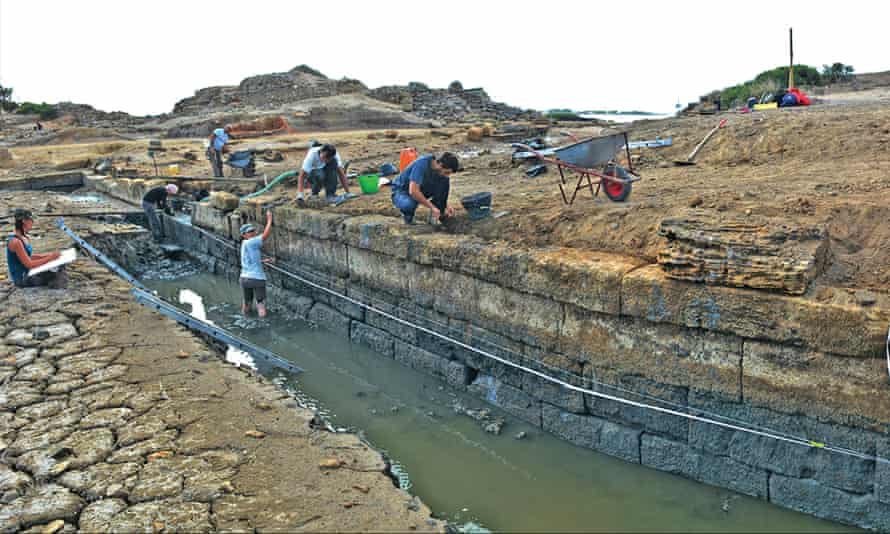
Since the pool’s discovery in the 1920s, it was thought to be a “kothon” – an artificial military harbour. Kothon are quite common in the Mediterranean, says Ania Kotarba, a senior lecturer in archaeology at Flinders University. The most famous is in Carthage. But recent excavations and decades of research led by the archaeologist Lorenzo Nigro of Sapienza University of Rome and published in the journal Antiquity this month unearthed clues suggesting instead the pool is the heart of a sprawling religious site.
“Sacred pools are less common [than kothon],” Kotarba says. “So one on such a scale is quite impressive.”
Since his team’s research, perceptions of the basin have “drastically changed,” says Nigro in a statement.
What was thought to be a harbour for centuries may soon be interpreted as “a sacred pool at the centre of one of the largest cultic complexes of the pre-classical Mediterranean”.
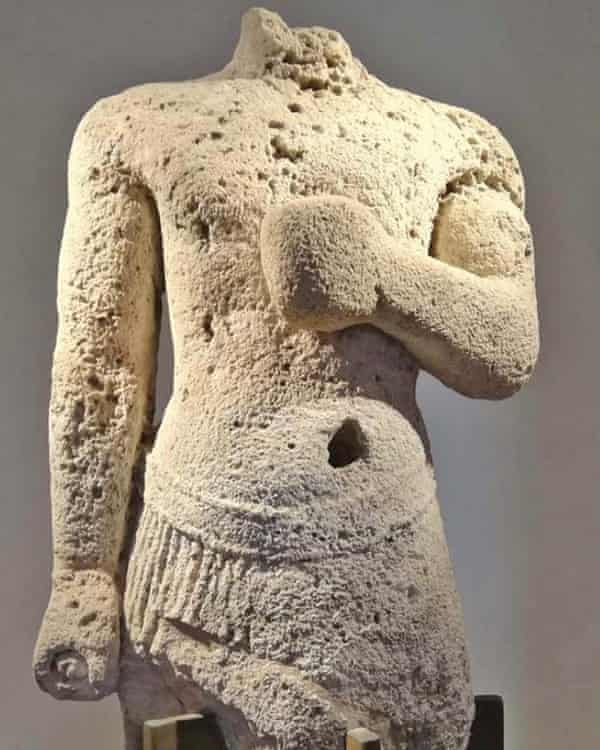
Reinvestigation of the basin began 12 years ago, when remains of a temple to the god Ba’al were discovered where excavators expected to find harbour buildings. Ba’al – a widely used Semitic word meaning “lord” – has often been likened to the Greek god Orion, who was believed to exist as a constellation among the stars.
Kotarba says Ba’al was associated with the god of storms in the Phoenician period. As Phoenicians were known to be seafarers, traders and explorers, their deities were associated with celestial bodies. “Their livelihoods were connected to celestial movements around the sky,” she says. “Storms are the greatest adversary to seafarers, and the god of storms could interrupt their safe passages.
“So it is not unexpected that their key sanctuary would be dedicated to Ba’al, and have something to do with astronomy working out movement of celestial bodies,” Kotarba says.
A 10ft statue of Ba’al once stood at the pool’s centre. Its torso was discovered in the 1930s in a nearby lagoon, and stone blocks used for its feet were found by the pool’s edge.
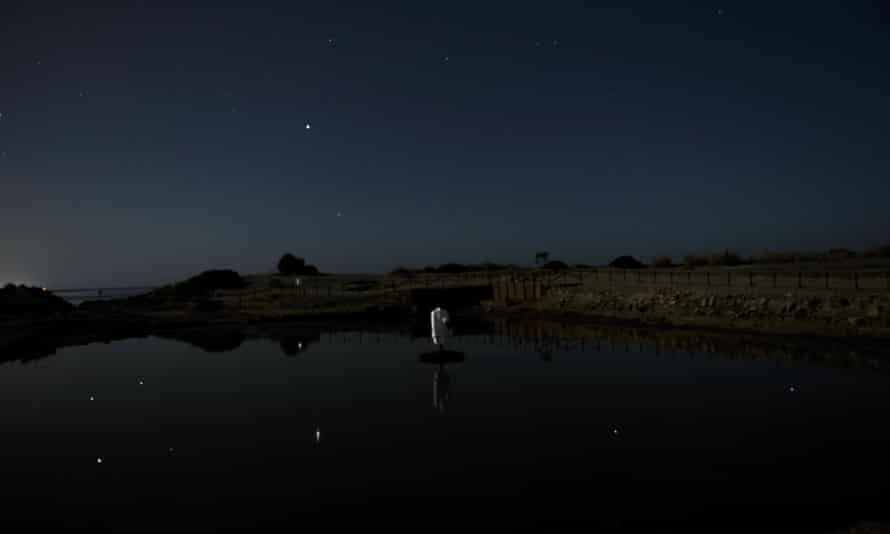
Quoting Leonardo da Vinci, Nigro says; “the only good mirror in antiquity is water.
“It became clear the function of the basin was to be a pool for watching the stars, reflecting them like a mirror,” he says. His research found the water’s reflection was used as a tool to map movement of the stars for navigation – something crucial to Phoenicians, who Kotarba calls “the greatest navigators of the Mediterranean and beyond”.
Upon mapping the site, the research team also found the configuration of Motya itself aligned with the heavens.
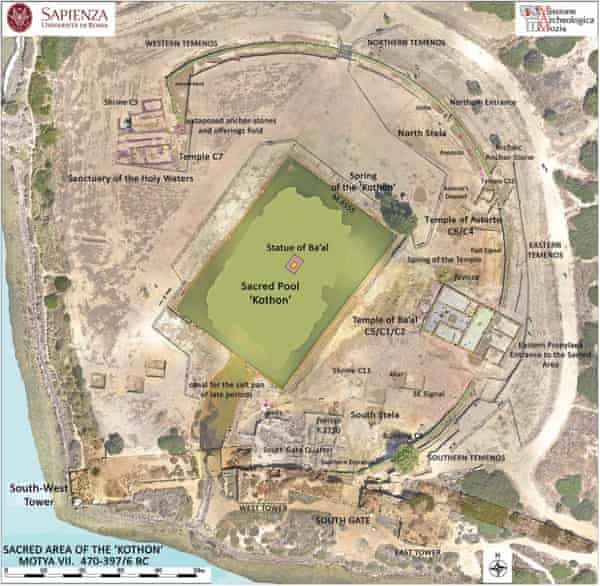
Key features line up with constellations – the temple of Ba’al aligns with the rise of Orion’s constellation at the winter solstice. Recent excavations also found several more temples bordering the pool, alongside inscribed stone columns, altars and offerings.
Critically, unlike harbours, the pool is not connected to the sea. The draining of the kothon for excavation began in 2005. So, one morning when Nigro arrived to find a small pond of “beautiful transparent water” in the basin, he “could not understand how it was possible”.
It was not until 2019 that excavation revealed channels carrying water to the pool from three natural springs.
Nigro calls discovery of the Phoenician’s “pre-scientific tool” a “piece of human-kind in the past”.
“We can not use our science to understand this past science,” Nigro told the Guardian. “But it can teach us there exists a diversity in science. There could be solutions in it for us. The Phoenicians colonised, built up cultures and civilisations. They built roads and crossed seas, but they never destroyed their environment.
“We are the only civilisation destroying the environment,” he says. “We should ask, are we the ones who have more science, or them?”

Had to come off the group Holsworthy Moan And Groan Facebook Group as I found someone has cloned my image and put in a false post #DBAC